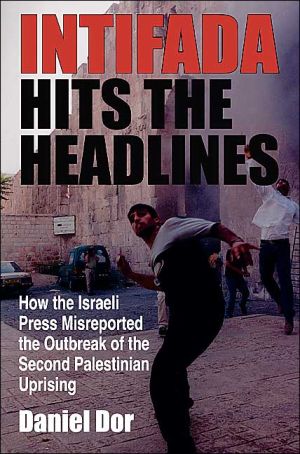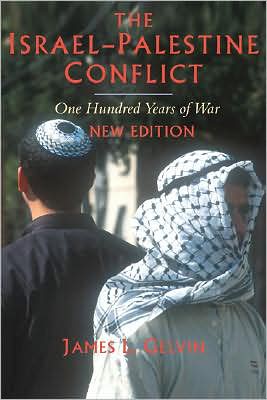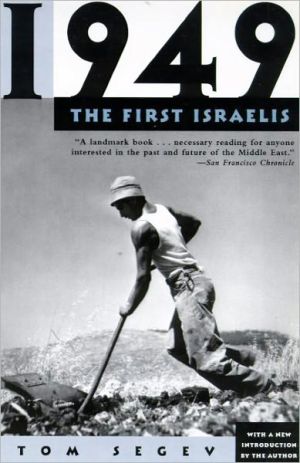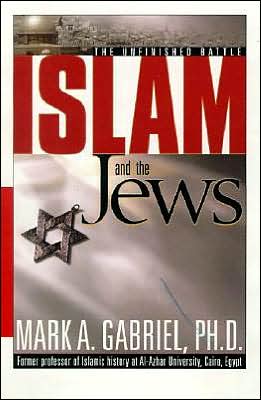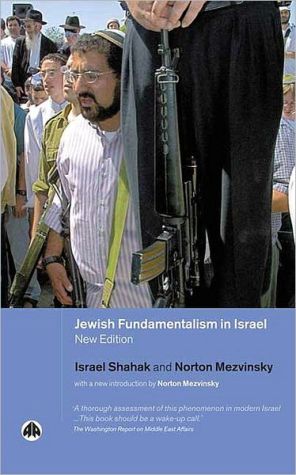Intifada Hits the Headlines: How Israeli Press Misreported the Outbreak of the Second Palestinian Uprising
In this nuanced and detailed study of newspaper reporting during the escalation of the second Intifada in the fall of 2000, Daniel Dor shows how real events are subject to distortion and manipulation by the media. In an analysis of the heart of Israel’s media establishment—the newspapers Yediot Ahronot, Ma’ariv, and Ha’aretz—he finds a wide gap between the reality reported by field reporters and the eventual newspaper accounts framed by editors. Led by beliefs, opinions, and emotional...
Search in google:
Shows how media shape public opinion in times of crisis.
PrefaceAcknowledgments1Introduction12Under Arafat's Baton183Make No Mistake, Yasser354The Limits of Restraint545A Fifth Column836In All Their Murderous Ugliness1057We Have Turned Every Stone1308Conclusion155Notes171Bibliography175Index179
\ Choice"If more studies like Dor's were published, audiences worldwide might recognize how poorly news is reported and written and take measures to resist. Dor (communication, Tel Aviv Univ.) scrutinized the news coverage of the first month (October 2000) of the Intifada in Israel's three largest dailies, Yediot Ahrenot, Ma'ariv, and Ha'aretz. Using ten parameters (positioning, graphic saliency, headline wording, etc.), he analyzed all material; he then interviewed 18 senior editors, reporters, and senior commentators to discover their rationale for what he called a one-sided, partial, censored, and biased picture of reality. His conclusions are shocking yet not surprising, in the context of subsequent coverage of terrorism and the Iraq War. The contrast between what reporters sent in and what was printed was stark. The editors had their own agendas (obtained from television reports), and though they knew far less about the intricacies of the general picture than senior reporters, they adopted the political and military establishment's judgments to prevent friction with the powers-that-be. The result was public-be-damned journalism that presented the conflict in administratively engineered language, loaded-with-blame (placed on Arafat) commentaries, under apocalyptic and hysterical headlines. Similar studies of television news coverage would likely reveal a situation many times worse. Summing Up: Essential. Upper-division undergraduates through faculty and professionals; general readers." —J. A. Lent, Temple University, Choice, October 2004\ — J. A. Lent, Temple University\ \ \
